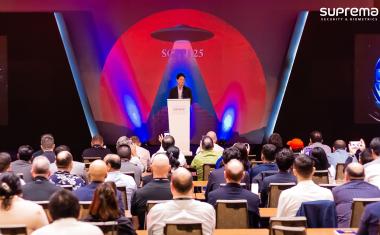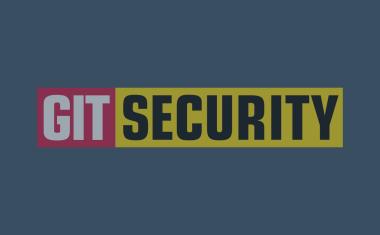Integration in the Intruder Alarm Industry Starts to Gain Traction
The elusive goal of integration in the intrusion industry is beginning to gain realistic momentum with the growing trend to combine home automation and home security systems, on a ...
The elusive goal of integration in the intrusion industry is beginning to gain realistic momentum with the growing trend to combine home automation and home security systems, on a single platform, according to a recent study titled "The World Maker for Intruder Alarms - 2013 Edition" by IMS Research, now part of IHS (NYSE: IHS).
The residential sector accounted for 40.7 percent of the $2.7 billion global intruder alarm market in 2012, and is forecast to be one of the fastest-growing verticals with a five-year compound annual growth rate of 5.3 percent from 2012 to 2017.
"The increase in new entrants attempting to penetrate the North American and European markets for home security is evidence of how successful this trend is becoming, "said Adi Pavlovic, analyst for access control, fire and security at IHS "Home-management integration is gaining the most popularity in North America, which will increase the penetration rate of intruder alarm products into the residential sector. Europe also may not be too far behind, as energy-management features are making their way into more homes every year. Deployment in Asia, however, is expected to be the slowest due to its large multifamily-apartment culture and the absence of professional monitoring services."
While the trend to integration is becoming popular in single-family homes, its progress in the commercial sector continues to be slow. There the trend has not gained traction because of a lack of unified legislation across each technology platform. Regions with more lenient regulations, such as the Middle East, benefit from having the opportunity to integrate multiple systems into a single solution. Such an approach is not only more convenient, but also saves time and lowers costs by working with just one installer.
Momentum toward integration within homes is driven by increased investments into end-user education from new entrants hoping to successfully penetrate the market. This suggests that growth of integrated systems will continue to develop in the residential sector during the short to medium term. Manufacturers interested in integrated solutions should continue to focus on the residential market while integration in commercial applications remains sluggish, as the industry as a whole awaits standardization.














